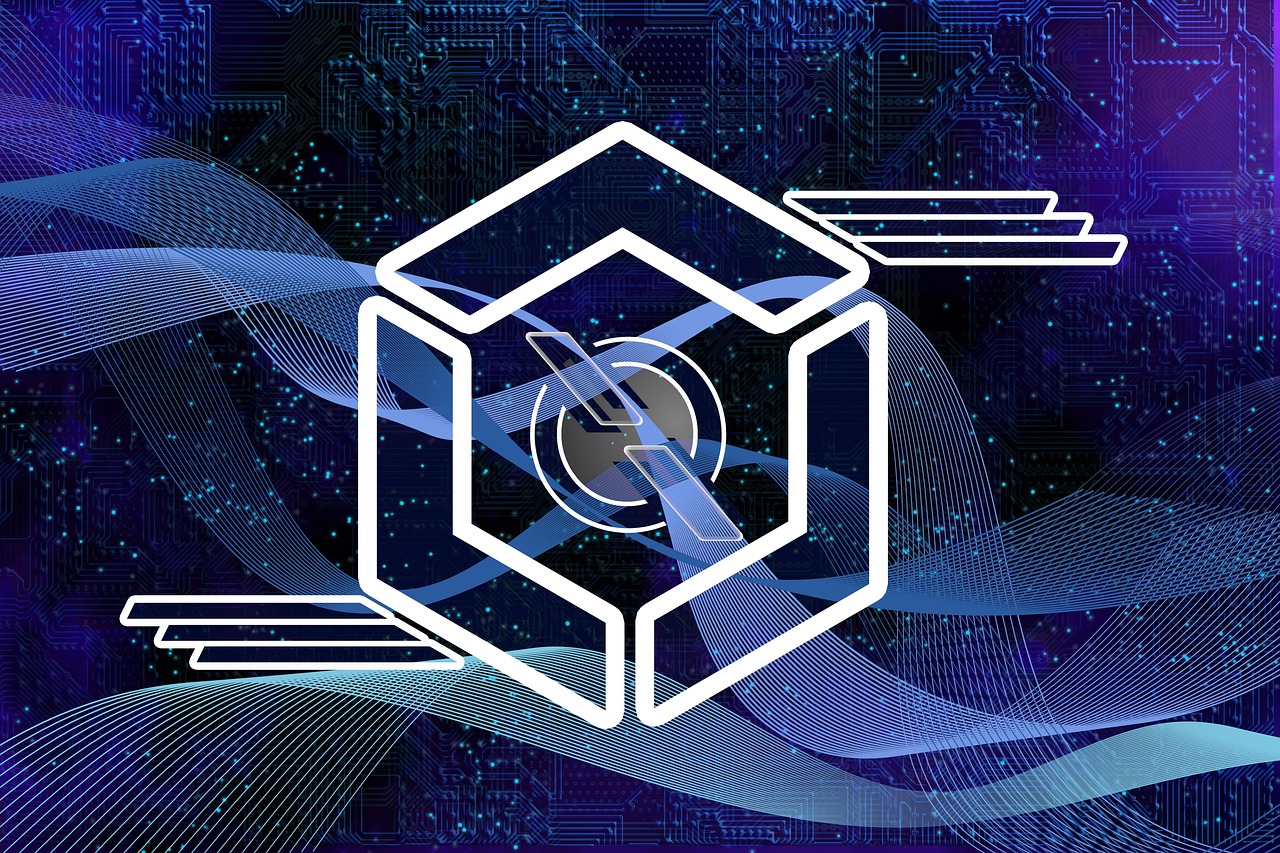Solid-state drives (SSDs) are a type of data storage device that uses NAND-based flash memory to store data. Unlike traditional hard disk drives (HDDs), which use spinning disks to store data, SSDs have no moving parts and are therefore faster, more reliable, and more energy efficient.
Table of Contents
The history of SSD drives
The history of SSDs dates back to the 1950s, when researchers at IBM developed the first solid-state drive using magnetic core memory. However, it wasn’t until the 1980s that SSDs began to gain widespread use. At this time, SSDs were primarily used in high-performance military and aerospace applications due to their ruggedness and reliability.
In the 1990s, SSDs started to become more affordable and began to be used in consumer electronics, such as laptops and MP3 players. In the 2000s, SSDs began to replace HDDs as the primary storage device in many computers and servers due to their superior performance and energy efficiency.
Today, SSDs are widely used in a variety of devices, including laptops, desktops, servers, and even smartphones. They are available in a range of sizes and form factors, including 2.5-inch drives for laptops and 3.5-inch drives for desktop computers.
So, how do SSDs work and store data?
When you save a file to an SSD, the data is divided into small blocks and written to the drive’s memory cells. These memory cells are made up of tiny transistors that can be charged with electricity to represent a 1 or a 0, which is how data is stored on an SSD drives.
To write data to the drive, the SSD’s controller sends a charge to the appropriate memory cells to represent the 1s and 0s of the data being stored. To read the data back, the controller reads the charges in the memory cells and translates them back into 1s and 0s.
One of the key advantages of SSDs is that they have no moving parts. In contrast, HDDs use spinning disks to store data, which can be slower and less reliable. They are able to access data much faster and are less prone to failure.
In addition to their speed and reliability, SSDs are also more energy efficient than HDDs. Because they have no moving parts, they use less power, which can be beneficial for devices like laptops that rely on battery power.
Another important aspect of SSDs is their durability. They are less likely to be damaged by physical shocks or vibrations. This makes them ideal for use in devices that may be subject to rough handling, such as laptops and smartphones.
The life span of SSD drives
One of the common concerns about SSDs is their lifespan, or how long they will last before they need to be replaced.
Unlike HDDs, which can last for many years, SSDs have a limited number of write cycles, meaning that they can only be written to a certain number of times before they begin to wear out. This can be a concern for users who write a lot of data to their drives on a regular basis, such as video editors or servers handling large amounts of data.
However, the vast majority of users will never reach the write limit of an SSD. Modern SSDs are rated for several terabytes of writes, which is more than enough for most users. For example, if you wrote 50 GB of data to your SSD every day, it would take over 13 years to reach the write limit of a 1 TB SSD.
In addition to their write cycle limits, SSDs can also be affected by other factors that can shorten their lifespan, such as exposure to extreme temperatures or physical shock. However, as long as you treat your SSD with care and avoid exposing it to extreme conditions, it should last for many years.
Overall, while SSDs do have a limited lifespan compared to HDDs, they are still highly reliable and should last for a long time for most users.
In conclusion, SSDs are a type of data storage device that use flash memory to store data. They have a long history dating back to the 1950s, but it wasn’t until the 1990s that they began to gain widespread use. Today, SSDs are widely used in a variety of devices due to their superior performance and energy efficiency.
Why ARM-Based Laptops Are Gaining Ground in 2025
A Quiet Revolution in Your Laptop In 2025, ARM-based laptops are no longer niche. Once associated mo…
What Is Quantum Computing? A Complete Guide to the Future of Technology
In the rapidly evolving world of technology, quantum computing stands out as one of the most revolut…
Edge Computing: The Future of Data Processing and Connectivity
In today’s digital landscape, the rapid growth of connected devices, IoT (Internet of Things), and r…


